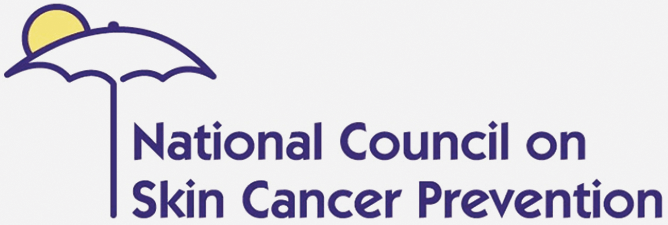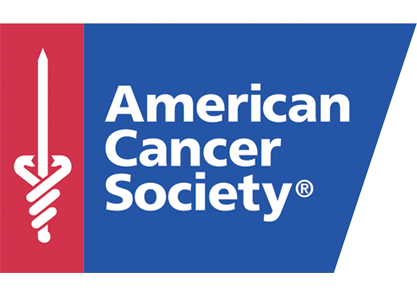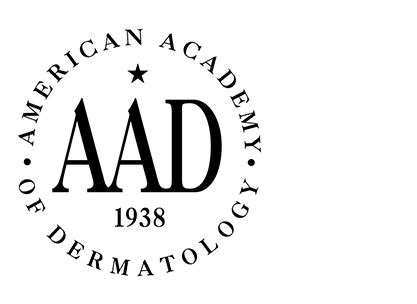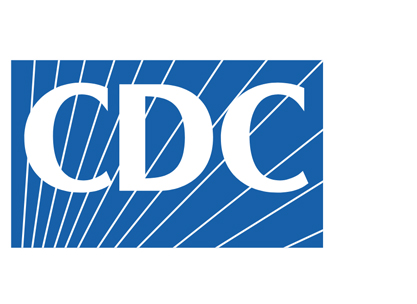Sunscreen

NCSCP Sun Safety and Sunscreen Position Statement
The National Council on Skin Cancer Prevention (NCSCP) urges the public to use sunscreen products as part of a comprehensive approach to prevent skin cancer. It is estimated that one in five Americans will develop skin cancer.[1],[2] Sunscreens are effective in reducing the risk of skin cancer as well as preventing sunburn and early signs of skin aging. The U.S. Food and Drug Administration (FDA) and others recognize the public health benefits of sunscreen and recommend its use with other sun protective measures.[3]
Sunscreen labels should contain clear and accurate information that describes how the sunscreen product should be applied in order to be effective. Studies show that some people use sunscreen stay in the sun longer, thereby increasing their exposure to ultraviolet (UV) radiation, and the risk of skin cancer, including melanoma.[4]
With respect to sunscreen, the NCSCP recommends that the public:
- choose a sunscreen that offers a sun protection factor (SPF) of 30 or higher, is water resistant, and provides broad-spectrum coverage (protects against UVA and UVB rays);
- apply sunscreen approximately 15 minutes before going outside;
- reapply sunscreen every two hours or after swimming or sweating, according to the product labeling; and
- apply a generous amount.[5]*
The bottom line is that sunscreen plays an important role in reducing skin cancer risk and prevent early signs of skin aging (e.g., wrinkles) and sunburn. However, remember that wearing sunscreen is one of many sun-protective behaviors. Seeking shade, covering up using sun-protective clothing, and wearing a wide-brimmed hat and sunglasses are important behaviors to practice when exposed to UV rays.
Kids need sun protection too, and so do adolescents. For babies under 6 months of age, parents may apply sunscreen on small areas of skin if adequate clothing and shade are not available and sun avoidance is impossible.[6]
The NCSCP supports the FDA, industry, and other stakeholders coming together to facilitate access to safe and effective sunscreen products to benefit the public health.
* For an adult, one ounce, enough to fill a shot glass, is generally considered the amount needed to cover the exposed areas of the body. Adjust the amount of sunscreen applied depending on your body size and exposed area.
[1] Stern RS. Prevalence of a history of skin cancer in 2007: results of an incidence-based model. Arch Dermatol. 2010 Mar;146(3):279-82.
[2] Robinson JK. Sun Exposure, Sun Protection, and Vitamin D. JAMA 2005; 294: 1541-43.
[3] https://www.fda.gov/drugs/understanding-over-counter-medicines/sunscreen-how-help-protect-your-skin-sun.
[4] Autier P, Doré JF,Négrier S, et al. Sunscreen use and duration of sun exposure: a double-blind randomized trial. J NatlCancerInst 1999; 91 :1304-1309.
[5] Neale, R, Williams, G, Green, A. Application patterns among participants randomized to daily sunscreen use in a skin cancer prevention trial. Arch Dermatol. 2002 Oct; 138, 1319-1325. https://www.aad.org/public/everyday-care/sun-protection/sunscreen-patients/sunscreen-faqs
6 Balk, S, et al. Ultraviolet Radiation: A Hazard to Children and Adolescents. Pediatrics 2011; Mar;127(3): e791-817.doi: 10.1542/peds.2010-3502. Epub 2011 Feb 28. https://pediatrics.aappublications.org/content/127/3/588




